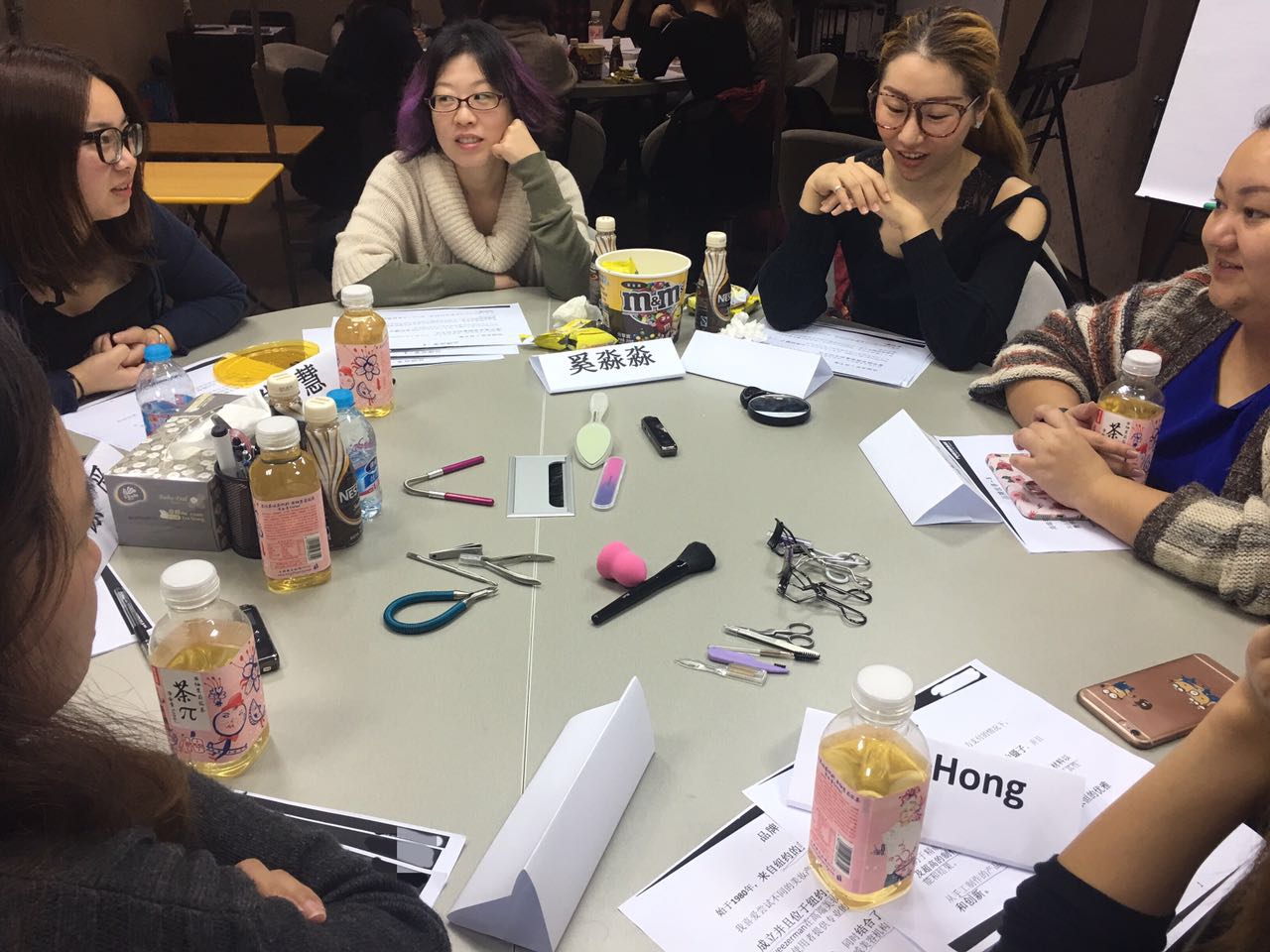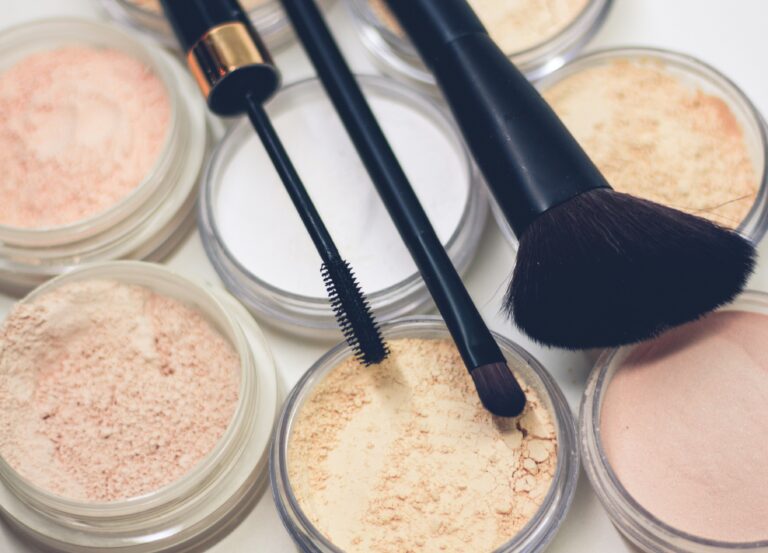Conducting Sensory Research in China: Leverage the right methodologies according to your objectives
Sensory research is a complex field, and there are a multitude of different methodologies that can be applied. This observation is especially true for sensory research in China, where taste preferences and perceptions or the acceptance of a product strongly vary from those in the West and also within China itself, sensory research is highly relevant, e.g. for product adaptation. That is why one has to take care of which methodologies one chooses to best examine how the Chinese consumers experience and react to the stimuli of the five different human senses. Because the way Chinese consumers perceive the taste, smell, texture, color or sound of a product will influence their buying behavior.
So how to choose the right methodologies for your sensory research in China?
Although there are many different ways to conduct sensory research in China, in general, one can differentiate between objective and subjective sensory research. At Daxue Consulting, we have experienced both.

The most common used methodologies in sensory research
A perfect example for an objective sensory research would be a descriptive sensory evaluation before launching a new product in the skin care market in China. The Chinese have a different skin type, and therefore perceive cosmetics differently as consumers from the West, for instance, as they have different requirements. With descriptive sensory tests, e.g. product profiling, one can identify as well as quantify the various product characteristics that the Chinese consumer wishes, requires or prefers for a certain cosmetics. As these tests describe the actual characteristics of the product, it is a complicated research process and therefore, one needs to employ trained panelists that are experienced in assessing a variety of sensory characteristics. In that case that would be haptic (触觉, sense of touch) characteristics, of course, but also olfactometric (嗅觉, sense of smell) characteristics as the smell of a cream is important for consumers as well.
By applying this objective sensory research, one can obtain extensive information about the particular attributes of skin care products that are in demand of Chinese consumers, such as the degree of softness or oiliness. But also unique requirements like skin lightning effects.
However, in view of China’s geographic vastness, alongside the fact that it is home to 56 ethnic groups, attempts to generalize the country’s taste in one statement are often all too simplistic. As a common saying goes among the Chinese: “There is not one China, but several different Chinas.” The Chinese nation harbors a great diversity of cultures albeit its political unity. Thus, with little doubt, the same may be said with regards to the country’s consumers – China is not one, but several markets of distinct tastes and preferences. The example of the F&B market in China shows that this also affects which type of research is best suitable.
In the case of the Chinese F&B market, a subjective sensory research suits well. Using hedonic tests to see whether the targeted Chinese consumers accept the taste of the particular food or beverage and also preference tests to benchmark the own product with the competition, one can outline the perceptions as well as drivers of liking of the particular target group. In doing so, one can determine the differences in tastes between China and the West but also within the several Chinese cultures to know how to adapt the particular product according to where in China it is distributed. For instance, products might need adjustments in terms of taste or texture. Bubble tea (珍珠奶茶) is a good example in terms of the texture, as it is very famous in China with its chewy bubbles inside the straw. For example, YiDianDian (一点点), one of the leading bubble tea brands in China, reached a sales volume in China of CNY 2 billion in the last year. There are more trends evolving in the bubble tea market. Bubble tea producers are developing different kinds of bubbles with different ingredients (e.g. avocado to hop on the “healthy lifestyle trend”) and colors (e.g. pink cactus or mixed fruits to make it more eye-catchy).
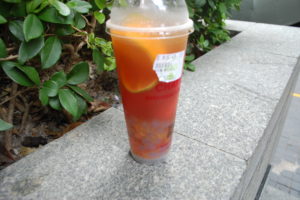
Examplary mixed fruits flavored bubble tea from the brand Chattime (日出茶太). Photo credit: Daxue Consulting.
In terms of the taste one has to be aware that there are eight different types of cuisines in China: Shandong Cuisine (鲁菜), Sichuan Cuisine (川菜),Guangdong Cuisine (粤菜), Fujian Cuisine (闽菜), Jiangsu Cuisine (苏菜), Zhejiang Cuisine (浙菜), Hunan Cuisine (湘菜) and Anhui Cuisine (徽菜). Moreover, consumers from northern China prefer salty and heavy tastes while southerners prefer sweet and mild tastes. Well-known are also the provinces Sichuan (四川) and Guizhou (贵州) for their spicy food and their preference for it. These differences within China emphasize the great importance of applying the right methodologies. In the case of F&B in China, subjective tests should be used to truly examine the preferences of a certain target group in China, as these tests are conducted with local consumers.
Does determining what your objective is and choosing the sensory research methodologies accordingly guarantee success?
No. The human judgment can easily be affected by the environment or by psychological as well as physiological factors. To prevent distractions and therefore biased results of the sensory research, regardless whether it is an objective or subjective one, one needs to ensure controlled conditions. This should be done by conducting the research within so-called sensory rooms or sensory laboratories.
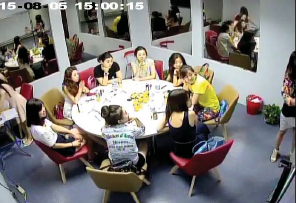
Sensory Room provided by Daxue Consulting
An experienced moderator, who is aware of the potential biases, needs to lead the research to ensure all participants are focused on the product and give valid statements. Also, the room needs to be monitored so one can review all reactions towards the product, for instance.
Running a successful sensory research in China can be tricky. Because of the unique tastes and preferences of the Chinese consumers, finding the suitable methodology for the research is all the more important. Overall requirement for a successful sensory research is to conduct it within a controlled environment.
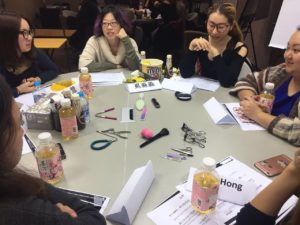
Contact us now to discuss with our project managers about your next sensory research in China. Send us an email to dx@daxueconsulting.com to know more.


